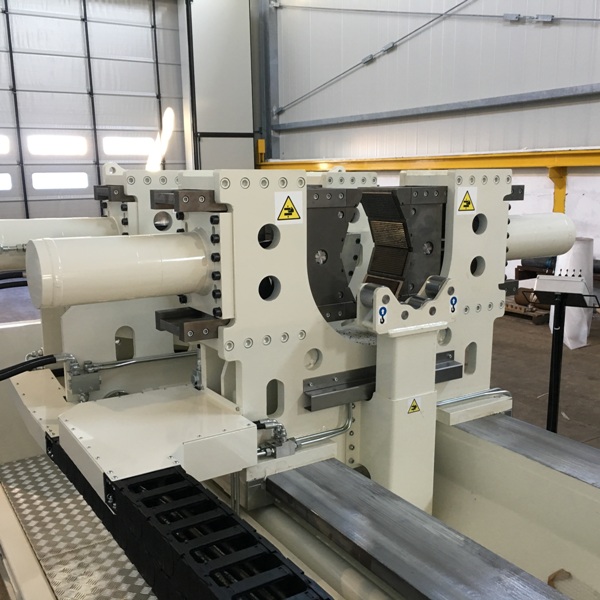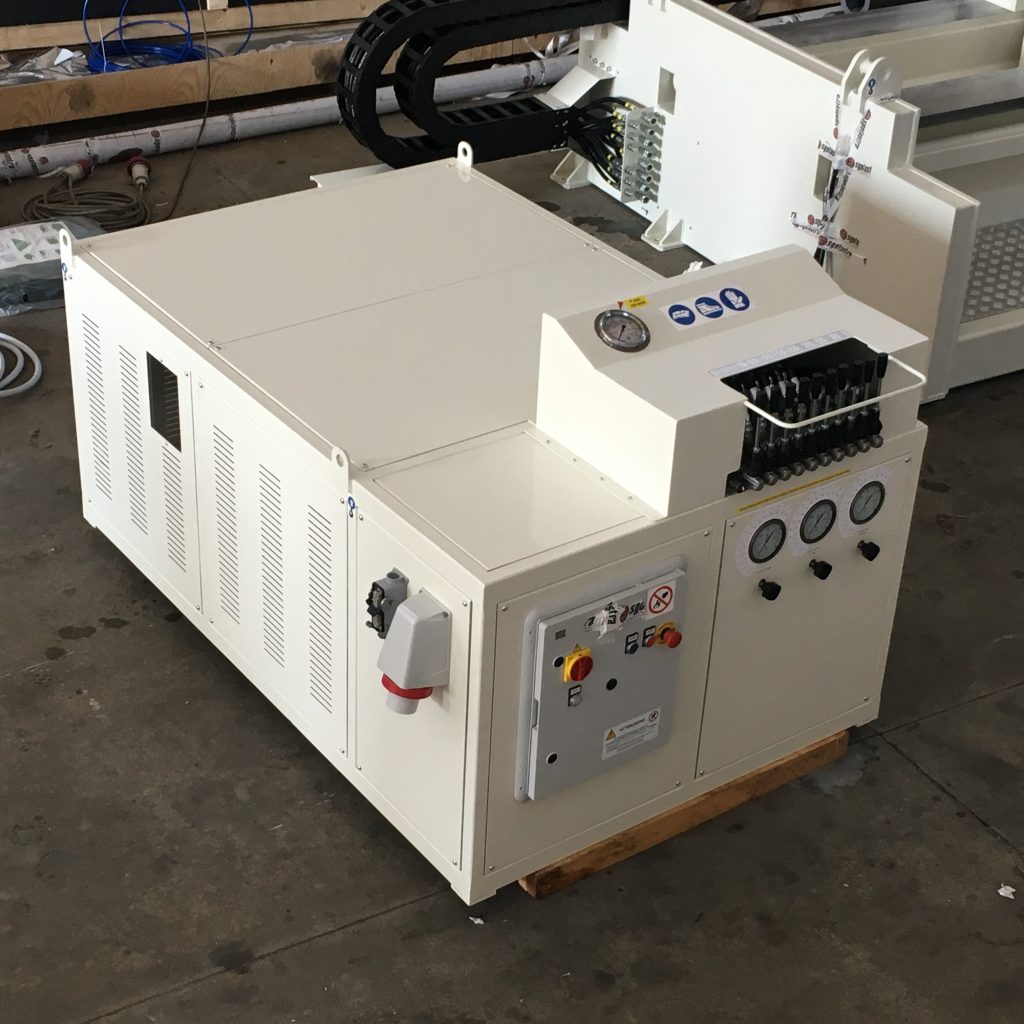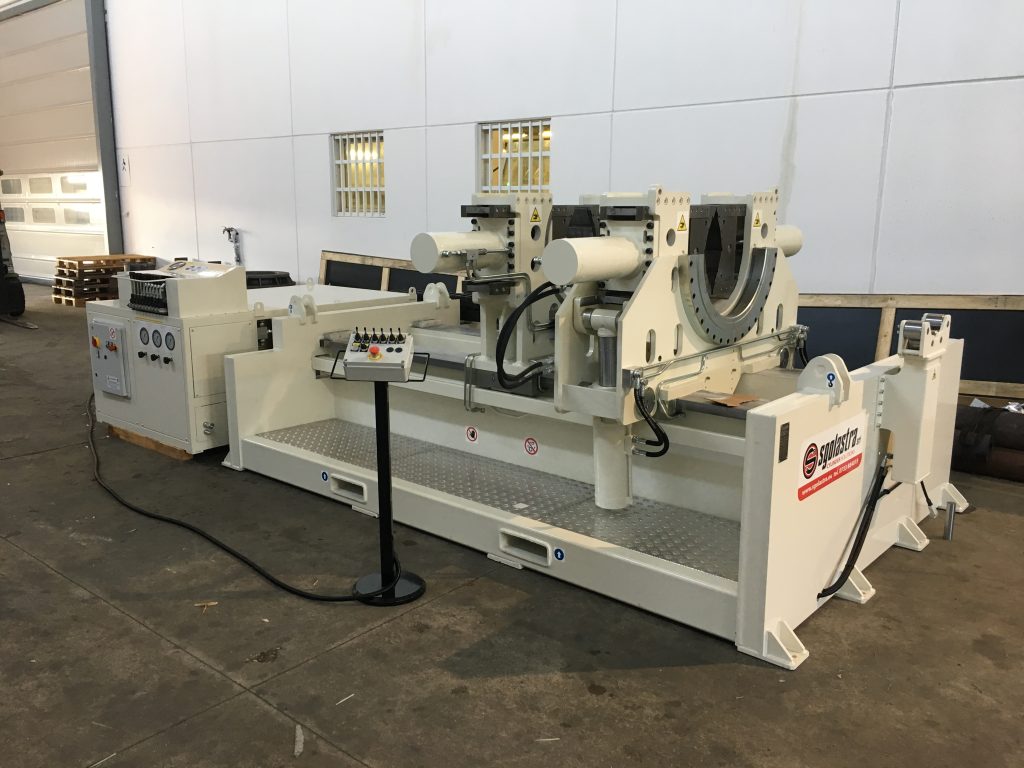The bench vise for unscrewing rods is an essential tool in laboratories, workshops, and industries that require the ability to grip and rotate large threaded parts. In this article, we will explore the origins of the vise, its primary purpose, and the characteristics that define a quality bench vise.
The Origins of the Vise: Who Invented the Vise?
Vices, or bench vises, have a long history dating back centuries. While it is difficult to attribute the invention of the vise to a single person, the concept of clamping and securing parts has been a fundamental aspect of human activities’ evolution. Over time, the vise has been refined and perfected, leading to the modern bench vises for unscrewing rods.
What is a Vise Used For?
A vise is a tool designed to securely hold an object, usually a machined part made of metal, wood, or other materials, so that it can be worked on, repaired, or assembled. Vises are used for a variety of purposes, including:
- Working on Materials: A vise provides a stable platform for working on materials without having to hold them by hand. This allows for greater precision and safety during machining.
- Assembly and Repair: In the workshop, a vise is essential for assembling or repairing parts. For example, a vise can be used to secure parts of a vehicle being repaired.
- Welding and Grinding: Vises are crucial for welding, grinding, and similar operations, where a stable anchor is necessary for accurate work.
- Clamping Pipes and Rods: Unscrewing vises, in particular, are ideal for clamping and securing pipes, rods, and other threaded components, making it easier to work on such items.
What Should a Good Bench Vise Be Like?
A good bench vise should meet several fundamental characteristics:
- Stability: It should be stable and robust, ensuring that the clamped object remains secure during work.
- Clamping Force: It must provide sufficient clamping force to hold the object firmly, preventing unwanted movement.
- Quality Materials: A quality vise is made from wear-resistant and corrosion-resistant materials, such as tempered steel.
- Interchangeable Jaws and Screws: Vises with interchangeable components offer greater versatility and durability.
- Secure Clamping Mechanism: The clamping mechanism should be easy to use and ensure user safety.



In Conclusion
The bench vise for unscrewing rods is a fundamental tool in many industrial and machining applications. Its ability to securely hold objects allows for greater precision in work, safe assemblies, and effective repairs. A quality vise, stable and durable, is an essential investment for any workshop or laboratory.
